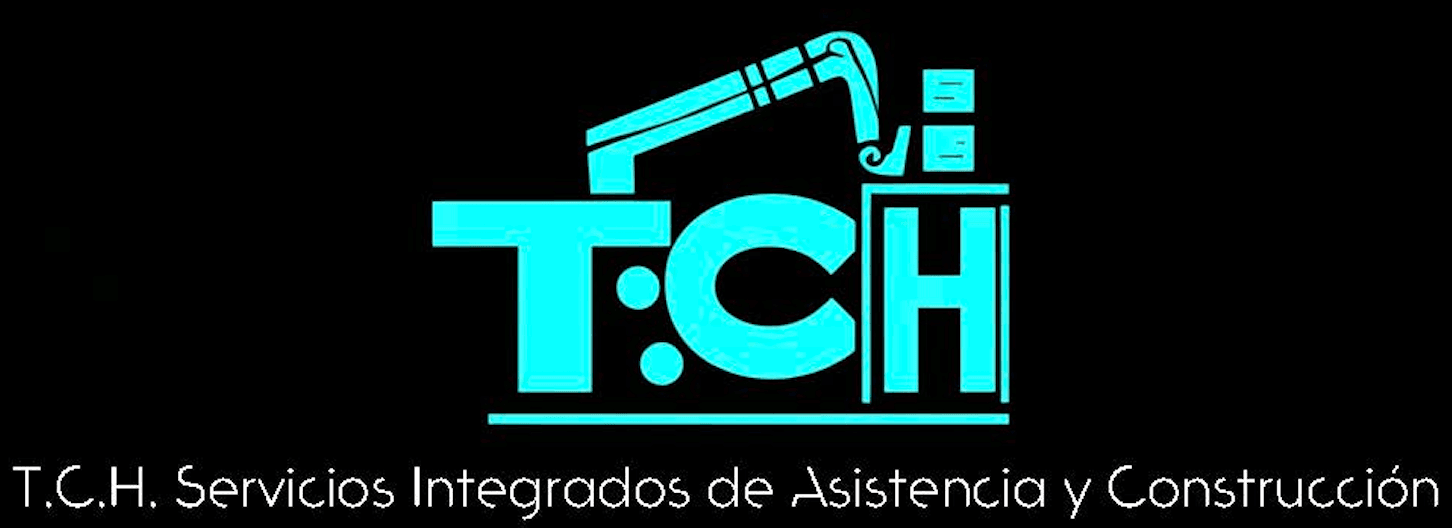Innovative Trends in the Mexican Construction Industry
Introduction to Mexican Construction Innovations
The Mexican construction industry is experiencing a dynamic transformation driven by technological advancements and innovative practices. As the nation seeks to modernize its infrastructure and meet growing demands, several trends are shaping the future of construction in Mexico. These innovations are not only enhancing efficiency but also promoting sustainability across the industry.

Embracing Green Building Techniques
One of the most significant trends in the Mexican construction industry is the adoption of green building techniques. As environmental concerns become more pressing, construction companies are focusing on sustainable practices. This includes the use of eco-friendly materials, energy-efficient systems, and designs that reduce environmental impact. The incorporation of solar panels and rainwater harvesting systems are becoming commonplace in new projects.
Moreover, the Mexican government is supporting these efforts through incentives and regulations that encourage sustainable construction. This shift towards green building is not only beneficial for the environment but also adds long-term value to properties.

Integration of Smart Technologies
Smart technologies are revolutionizing the way construction projects are executed in Mexico. The integration of the Internet of Things (IoT), Building Information Modeling (BIM), and other digital tools is optimizing project management and execution. These technologies enable real-time monitoring, reducing delays and enhancing collaboration among stakeholders.
For instance, BIM allows for detailed 3D modeling, which improves accuracy and efficiency in planning and construction processes. IoT devices provide valuable data that helps in predictive maintenance and proactive problem-solving, leading to cost savings and improved safety on construction sites.

Modular Construction: A Growing Trend
Modular construction is gaining popularity in Mexico due to its efficiency and cost-effectiveness. This method involves prefabricating building sections off-site and assembling them on-site. It significantly reduces construction time and minimizes disruption in densely populated areas.
The modular approach is particularly beneficial for residential and commercial projects, where speed and precision are crucial. As urbanization continues to rise, modular construction offers a viable solution to meet housing demands swiftly.
Innovative Materials and Techniques
The use of innovative materials and construction techniques is another trend driving the industry forward. High-performance concrete, advanced steel, and composite materials are being utilized to improve durability and resilience. These materials not only enhance the structural integrity of buildings but also contribute to aesthetic appeal.
Furthermore, techniques such as 3D printing are beginning to be explored, offering the potential for custom designs and rapid construction. These advancements are setting the stage for a more versatile and adaptable construction landscape.

Conclusion: The Future of Construction in Mexico
The Mexican construction industry is at the forefront of embracing innovative trends that promise to transform the sector. From sustainable practices to cutting-edge technologies, these advancements are paving the way for a more efficient, sustainable, and resilient industry. As Mexico continues to develop its infrastructure, these trends will play a crucial role in shaping a modern and sustainable built environment.
